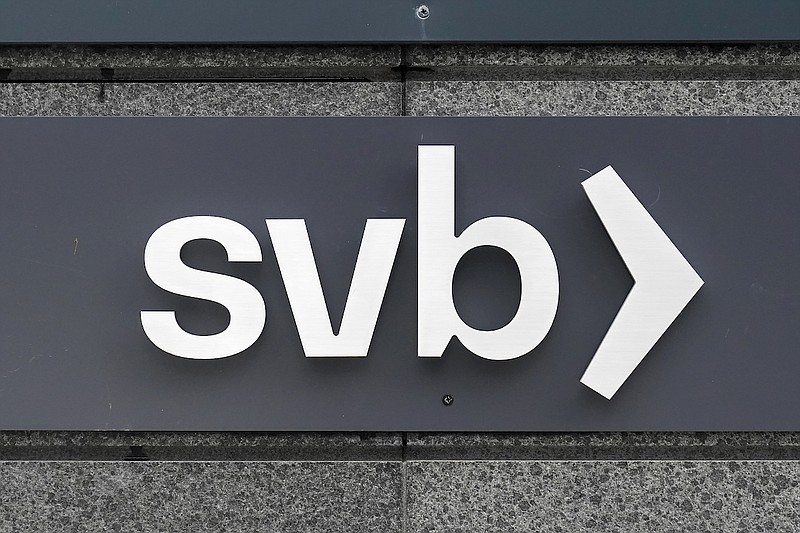Two high-profile bank collapses over the past two weeks have rippled through the financial sector and left many savers seeking assurance that their own deposits are secure. For most individuals, balances at their bank or credit union are perfectly safe, subject to certain fairly high dollar limits beyond which they can easily eliminate additional risk.
It is useful and hopefully reassuring to recognize the distinct factors leading to those dramatic failures and just how little those institutions resembled the banks at which most of us maintain our checking and savings accounts. The collapse of Silicon Valley Bank in particular involved a confluence of disastrous management decisions, a substantial concentration of risky customers, and an apparent failure of regulatory oversight. It is also a good time to rehearse just how secure the US banking system remains for the average depositor.
Silicon Valley Bank or SVB was a California bank catering to a concentrated and uniquely risky clientele: venture capital-financed startups. The bank quintupled deposits during the post-covid boom and both served as a lender to these nascent ventures and held the substantial capital provided to them by their investors. Many customers deposited millions of dollars with SVB even though accounts were insured only to $250,000, with the rest at risk in the event the bank became insolvent. At most commercial banks, most deposits fall within FDIC limits. Nearly 90% of deposits at SVB were uninsured.
That mistake was down to depositors. What came next was a catastrophic management failure. Understanding that the deposits could be withdrawn at any time, SVB nevertheless attempted to goose profits by investing the deposits in long maturity Treasury bonds and mortgage securities, literally betting the ranch that interest rates would remain low forever.
As the Fed launched the most aggressive rate relative hiking cycle in history, the market value of the bank's bond holdings tanked. Meanwhile, venture capital flows all but dried up, forcing start-ups to tap their deposit accounts. To meet liquidity demands, SVB had to dump $20 billion of bonds at fire sale prices while announcing its intention to raise additional capital. Sensing danger, depositors requested withdrawals just as the bank's CEO begged investors and customers to "stay calm and not panic." That is recondite banking argot for "get out of Dodge."
The result was a run on the bank, forcing California regulators to freeze assets and appoint the FDIC as receiver. Over the weekend the FDIC, Federal Reserve, and Treasury Department used their emergency authority to step in and backstop the uninsured depositors using FDIC insurance funds. The Fed also created a special line of credit that allows banks to pledge their high-quality but depressed Government bonds as collateral for short-term loans, buying time to raise new equity capital. The plan was criticized for taking depositors off the hook for lax risk management, but SVB investors including shareholders and some creditors will be wiped out. Management was fired, and the plan seems to have substantially mitigated the threat of contagion. Importantly, taxpayers will not be on the hook for the bailout.
Of note is that the collapse of SVB and the closure of the crypto-related Signature Bank were dealt with expeditiously, and their fatal wounds were largely self-inflicted and not representative of traditional depository institutions holding most families' CDs and checking accounts.
Understanding FDIC insurance
The Banking Act of 1933 created the Federal Deposit Insurance Corporation, originally guaranteeing bank accounts up to $2,500. The limit has increased over time, lately to $250,000 by the Dodd-Frank act of 2012. Most credit union deposits are similarly covered by the National Credit Union Administration.
The FDIC insures deposits up to $250,000 per bank for each individual and for each different account ownership category, so any one individual might be covered to the limit in more than one account. For example, joint account holders are insured individually, so a husband and wife could hold a joint account with $500,000 and be fully protected. Individual accounts, trust accounts, and some retirement accounts are also treated separately, with the $250,000 limit applying to each category. Payment on Death (POD) accounts are a type of trust account for which the limit applies separately to each named beneficiary.
Balances exceeding the total FDIC limits can be insured by distributing over multiple banks. Also, many institutions belong to an interbank network that allow your home bank to hold CDs or accounts in your name at other member banks while maintaining the contact and reporting relationship with you.
Businesses that may have a need for cash balances higher than the insured limit often utilize treasury services that can handle daily cash management for a small fee. It is also relatively easy to purchase short-term U.S. T-Bills in the highly liquid secondary market with next-day settlement. U.S. Treasury securities are not technically FDIC-insured but are backed by the full faith and credit of the U.S. Government.
The aggressive response by the Fed and the FDIC to the SVB debacle was not without its critics but seems to have stemmed the risk of a broader run on deposits. A review of the failures that precipitated the collapse is already underway and will likely result in enhanced supervision for riskier institutions. Meanwhile, for the rest of us, the banking system remains safe and secure.
Christopher A. Hopkins, a chartered financial analyst, is co-founder of Apogee Wealth Partners.
